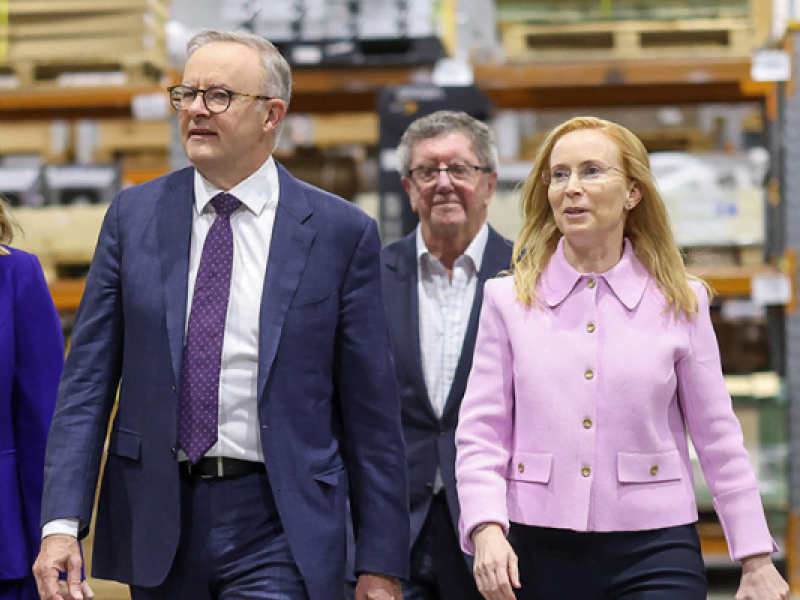Embattled EV charging station maker Tritium will try and appeal a second delisting notice from the Nasdaq it received just hours before its vote on a share consolidation plan intended to boost the company’s share price.
The notice comes five months after the Brisbane-based company was first warned that it could lose its listing on the stock exchange after its share price plummeted to less than US$1 and failed to recover.
At the time, Tritium was given 180 days to regain compliance with the Nasdaq listing rules, which requires that shares trade above US$1 for at least 10 consecutive business days, giving it until April 9.

The company, which listed on the Nasdaq only three years ago with a valuation of $2 billion, has traded under the US$1 stock price requirement since August 2023. At the time of writing, the stock price was US$0.07.
But on Friday (ADST), Tritium said a “subsequent delisting notice” from the Nasdaq on March 15 had “determined to begin the process to delist” the company because its shares had been trading below US$0.10 for ten consecutive days.
In a statement, the company said it would be submitting “a request for a hearing before the Nasdaq hearings panel to appeal the delisting notice” on Friday, an opportunity that the delisting notice provides.
The planned appeal comes as shareholders prepare to vote on a “reverse stock split” on Friday that will consolidate every 200 shares into one. The share consolidation was proposed earlier this month to boost its share price above the minimum threshold for the Nasdaq.
In November, Tritium announced the closure of its Brisbane factory to consolidate manufacturing operations in the United States, having failed to secure a $90 million lifeline from the Queensland government.
The federal government has also been reluctant to step in with a bailout due to the company’s liquidity problems, leading the Opposition to blame it for “destroying what little credibility” with manufacturing it had left.
Prime Minister Anthony Albanese, as recently as October, spruiked Tritium as evidence that Australian manufacturing is positioned to take advantage of the growing demand for electric vehicles.
The company registered a loss of US$120.3 million last financial year, a 59.7 per cent smaller loss than the year prior, despite recording record revenue of US$185 million, 115 per cent greater than the previous year.
Do you know more? Contact James Riley via Email.

